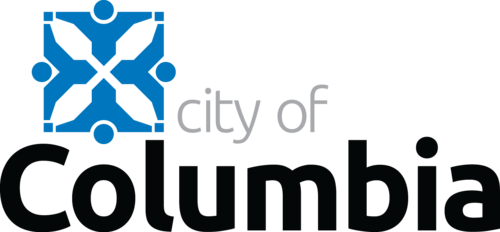
Waste
Landfill waste releases greenhouse gases that harm our health, environment, and economy. Over half of our landfill waste could be recycled or composted.
The Climate Action and Adaptation Plan (CAAP) identifies three key solid waste sector goals:
- Reduce waste production.
- Increase waste diversion.
- Improve waste system management.
Waste
Be Part of the Solution!
Take action today to minimize what you send to the landfill.
Waste
Columbia officially begins automated trash collection with roll carts
In Columbia, Missouri, the city began using roll carts in March 2024. Customers were sent a postcard in October to choose from three cart sizes. Monthly rates for the carts are based on the size of the cart.
Roll carts, or refuse carts, can be better than other methods of waste collection for several reasons, including:
- Improved worker safety: Roll carts reduce the physical demands of the job, such as jumping on and off the back of a truck multiple times a day. Workers are also less likely to get cut by glass shards or hurt their backs.
- More efficient service: Automated collection systems can improve the efficiency of waste collection.
- Encourages waste reduction: Roll carts can encourage residents to recycle and compost.
- Cleaner option: Roll carts can be a cleaner option than trash bags.
Frequently Asked Questions about Refuse carts and automated collections.
Waste
Recycling Collection Centers
Columbia has several recycling drop-off centers, including specialty waste collection sites to maximize your diversion efforts. Use our map to find locations near you that accept recycling, household hazardous waste, and yard waste for composting.
GHG Reduction Actions
Columbia's Bioreactor
The City of Columbia operates the first bioreactor landfill in Missouri. This means that waste decomposition is encouraged by pumping water into the landfill. The practice is very different from the conventional landfill, which is often called a “dry tomb” because moisture is not incorporated in the waste. Methane gas generated from the landfill has been converted to electricity at the on-site Bioenergy Plant operated by the Water & Light Department since June 2008.
